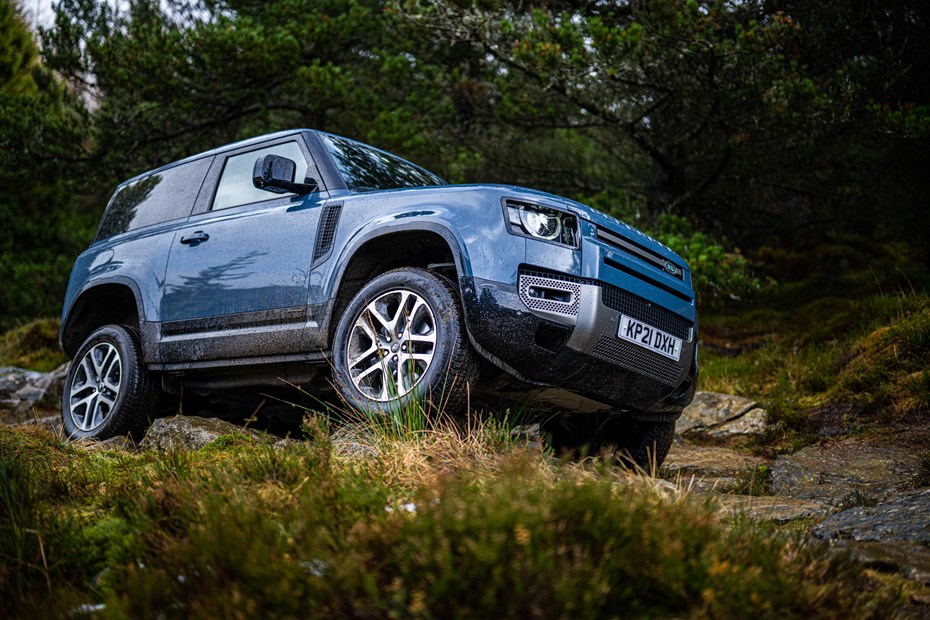You’ve probably seen the term four-wheel-drive – or 4WD, or 4×4 – applied to many cars, particularly big SUVs. It refers to the fact that the power produced by the car’s engine is distributed between all four wheels, rather than just the front or rear wheels.
All-wheel-drive (AWD) is now much more common than four-wheel-drive, but 4WD is still the best solution for cars that need to be able to climb mountains, ford streams and tow heavy loads.
In this guide we’re going to explain how 4WD works and how it’s different to AWD, plus we’ll go over the benefits and costs of having a 4WD car.
How does 4WD work?
First, we need to establish that you’ll only find a 4WD system of the sort we’re going to describe here in cars with an internal combustion engine.
You might have come across the term drivetrain. It’s a collective noun that encompasses a car’s engine, gearbox and driven wheels. In a two-wheel-drive car, the engine’s power is channelled through the gearbox which sends it to the front or rear wheels. In the latter case, the gearbox spins a shaft that connects to the back axle.
In a 4WD car, the gearbox transmits the power to a transfer box which divides the power between the front and back wheels, a spinning shaft running from the ‘box to each axle. In theory, each wheel receives 25% of the engine’s power, however the latest electronically controlled systems and can vary the percentages.
There are two variations on 4WD: permanent and part-time. As the name suggests, permanent 4WD – found in cars like the Land Rover Discovery – constantly sends power to the car’s four corners. A part-time system – which you’ll find in the SsangYong Rexton, among others – defaults to rear-wheel-drive until the driver selects 4WD using a lever or button.
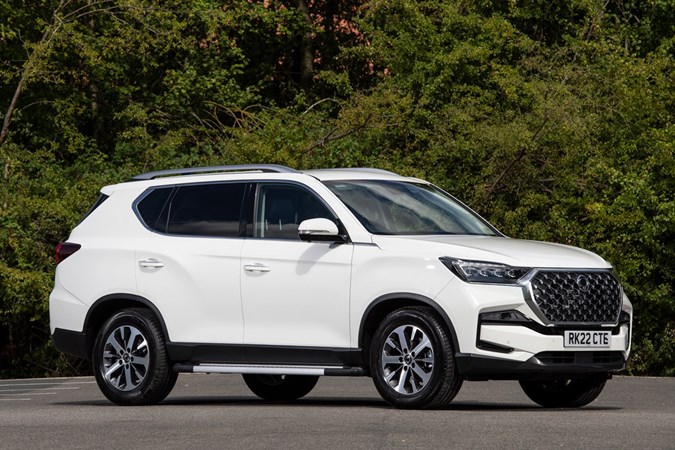
How is it different to AWD (all-wheel-drive)?
A car with AWD is essentially front- or real-wheel-drive but has the ability to send some power to the opposite end of the car under certain circumstances. In contrast, a 4WD system sends power to all four wheels all the time – even if, in some cases, you can direct all the power to the car’s rear wheels.
We have a full guide to all-wheel-drive, but here’s a flavour of how it works. AWD cars will distribute power to all four wheels when more traction or grip is needed. If the main drive wheels start to spin, power is diverted to a central differential which then transfers as much power as is needed to another wheel, stopping the spinning. Some AWD systems are entirely mechanical, others are electronically controlled. It’s an immensely complicated solution, but much more fuel efficient than 4WD.
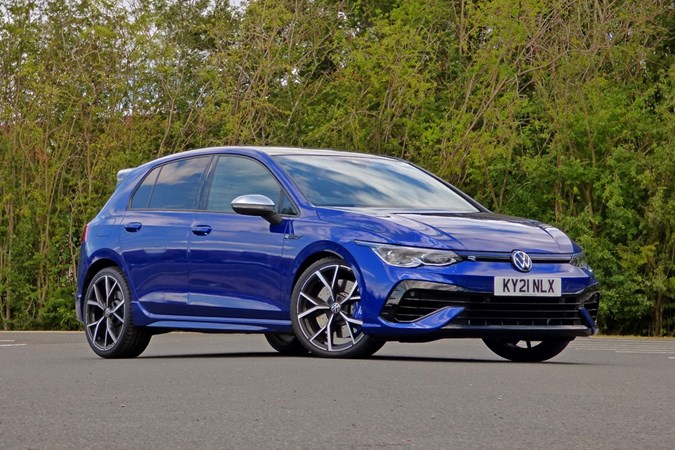
What’s the difference between a 4×4 and a 4WD?
Nothing, essentially. 4×4 is simply another way of expressing 4WD, indicating that a car has four wheels and four-wheel-drive. Using the same format, a front- or rear-wheel-drive car is a 4×2.
In the past, 4×4 was used as a catch-all term for SUV and off-roader-type cars. However, not all such cars actually have 4WD anymore, so 4×4 has fallen from favour.
What are the advantages of 4WD?
The only part of a car that’s in constant contact with the road is a very small area of the tyres’ upper surface. And all of the engine’s power has to be transferred to the road through that tiny ‘contact patch’. In a two-wheel-drive car, the tyres on the driven wheels have to deal with 50% of the power. That’s difficult enough but add a slippery surface to the equation and the job can become virtually impossible. The wheels lose traction and spin up and the car goes nowhere fast.
With 4WD, each tyre only has to transfer 25% of the engine’s power to the ground, which means they have more traction and are much less likely to spin up on a slippery surface. That’s why off-roading SUVs have 4WD. Conditions can be extremely slippery on wet, muddy trails, but the extra traction a 4WD system generates keeps the car moving.
The extra traction is also beneficial when you need to tow a heavy trailer.
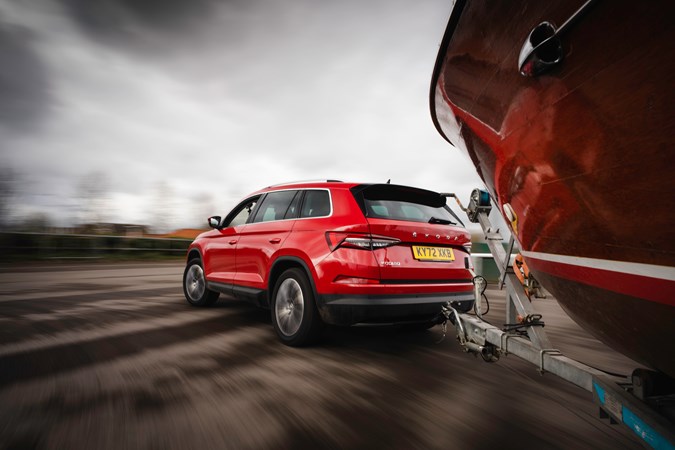
What are the disadvantages of 4WD?
A 4WD system is bulky and heavy, which has all sorts of knock-on effects that are less than ideal. For instance, if a 4WD system is packaged entirely under a car’s floor – as it is in an SUV – you end up with a car that’s very tall. A tall car is less fuel efficient and doesn’t handle as well on the road as a lower car. If the designers want to produce a lower car, the 4WD system takes space out of the interior.
The extra weight of a 4WD system also impacts fuel economy. And the engine has to work a bit harder to compensate for all the extra spinning cogs and shafts in the system, worsening economy further.
The extra components add cost to the car, as well, so a 4WD model costs more than an equivalent with two-wheel-drive.
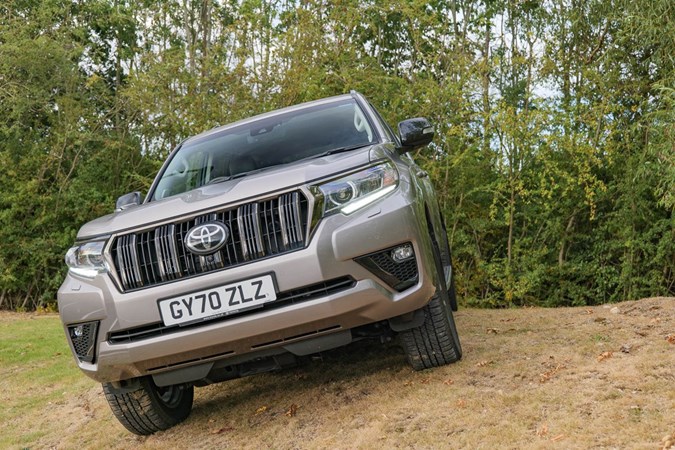
How often should you engage 4WD?
If your car has part-time four-wheel-drive or all-wheel-drive, you should really only engage 4WD if it’s absolutely necessary. That could be when you’re faced with a snowy hill or an off-road trail. Using 4WD when you’re driving along normally will increase fuel consumption and potentially wear out the car’s transmission.
What sort of cars have 4WD?
There used to be all sorts of cars that had four-wheel-drive – everything from the tiny Fiat Panda 4×4 to the Porsche 911 Turbo, via innumerable run-of-the-mill family cars. Now, though, the vast majority of cars that can send power to all four wheels actually use an all-wheel-drive system, because it’s more efficient. The relatively few remaining four-wheel-drive cars are pretty much all SUVs, like the Toyota Land Cruiser and Volkswagen Touareg.
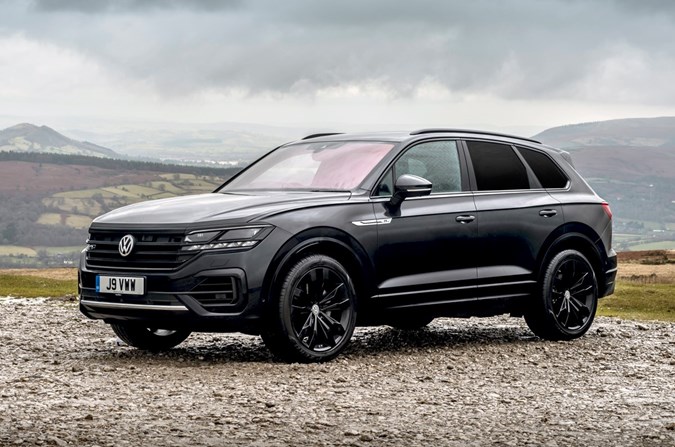
Do you need 4WD in the UK?
If your lifestyle involves a lot of off-road driving and towing heavy trailers, four-wheel-drive will undoubtedly make driving easier. For everyone else, though, the necessity of having 4WD in the UK is debateable. It can certainly be tempting to get a 4WD car if, for instance, you live in an area of the country that’s prone to harsh winters.
If that harshness involves deep snow, you probably do need 4WD in a car with lots of ground clearance. But, if you’re just tackling ice and compacted snow, a two-wheel-drive car fitted with winter tyres will usually cope perfectly well. That’s certainly what most people who live in the European Alps drive.



